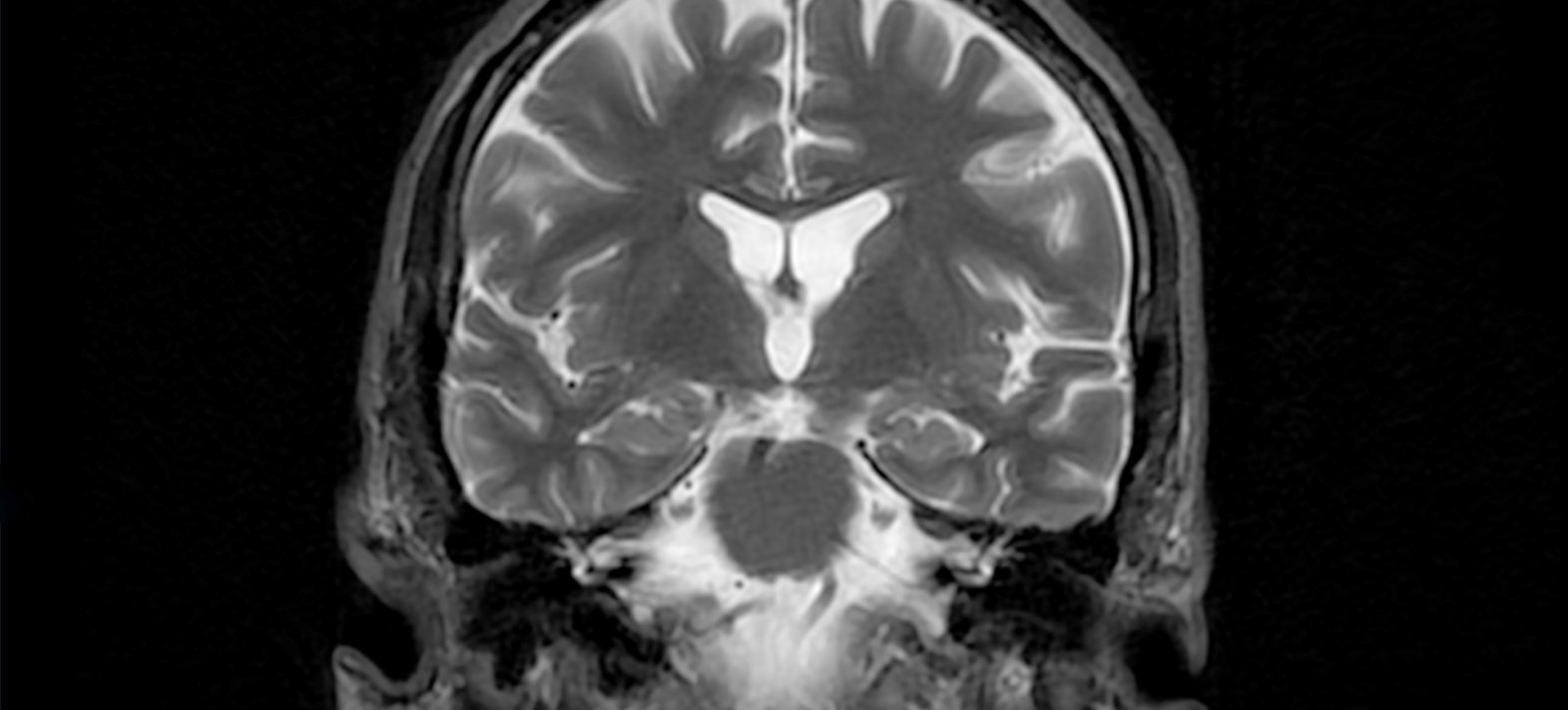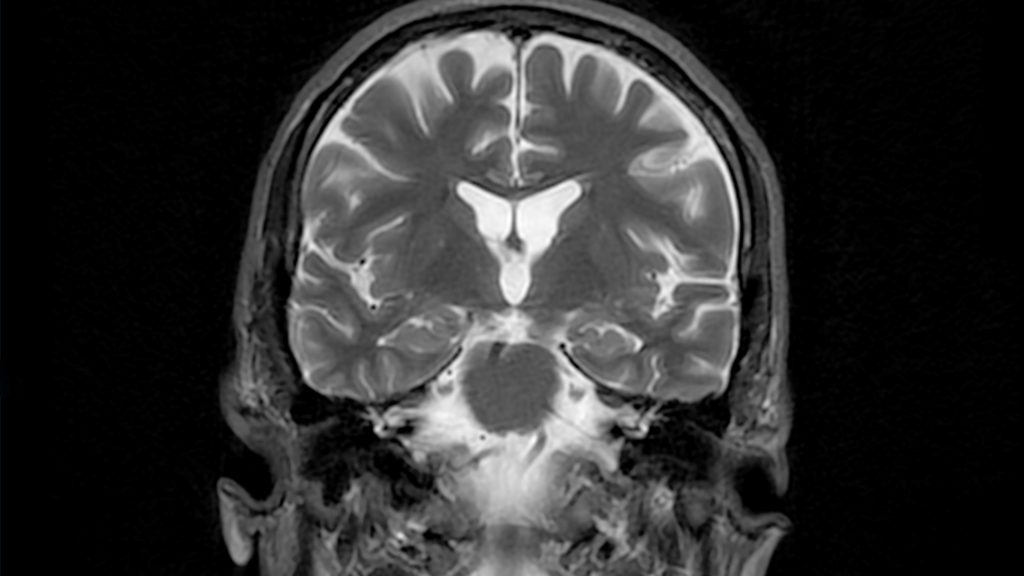Alzheimer’s disease: cosmochemistry for the benefit of the brain
By applying tools developed for the study of planet formation to the brains of Alzheimer's patients, scientists at the Paris Institute of Earth Physics and the University of Paris Faculty of Health have revealed a particular balance in the chemical composition of metals contained in amyloid plaques and tau fibrils in the patients' brains.

Publication date: 14/10/2020
Press, Research
Related teams :
Cosmochemistry, Astrophysics and Experimental Geophysics (CAGE)
Related themes : Origins









